Time Among the Maya: Travels in Belize, Guatemala and Mexico, Personal Reflections by Mark D. Walker
I came across this travel classic after writing an essay published in ELAND Press, and as a token of appreciation, the editor offered any three of their books. My first choice was this book with the cover of the iconic Santo Tomas church in Chichicastenango, Quiche, which is filled with a mix of indigenous flowers and women in traje (traditional garb), and the smell of incense emanating from the church, where chickens are often sacrificed on the top steps. Very appropriate for a travel book that covers both the Old and New World simultaneously, including the lives and culture of today’s Maya.
Although I was managing programs in Sierra Leone, West Africa, when Ronald Wright wrote his book, I’ve traveled to many of the places he describes, including the unforgettable Santa Tomas Hotel where the author and team stayed, “There’s hot water, colonial-style furniture, even a corner fireplace and a stack of logs. The room is arranged around patios full of flowers, stone fountains, and parrots on perches.”
But he adds a critical caveat, which he addresses throughout the book, “It should be a delightful place, but now it feels tainted. According to human rights organizations, there were fifty-four massacres in El Quiche during 1982 alone; more than three thousand civilians were killed.” Also, throughout the book, Wright provides the sources for this disturbing reality—in this case, a report published by the “Guatemalan Church in Exile.” The author traveled through some of the communities hardest hit by violence, such as Nebaj, and Uspantán, in the Department of Quiche, places I had worked in and around for many years.
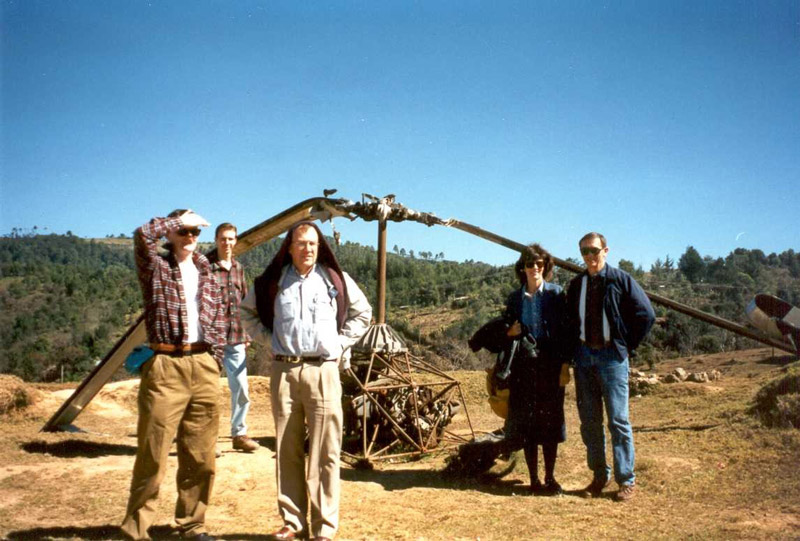
Food for the Hungry field staff and Board members wait with me for a small plane to pick us up in Nebaj after a planning conference, ten years after Wright passed through.
He begins each chapter with Maya’s glyphs/script and explains their meaning. He also provides maps, a Glossary, Bibliography, and Further Readings—a very comprehensive presentation.
Although I’ve studied the Maya and Guatemala in depth over the years and have a degree in Latin American Studies, I’ve rarely found such a mix of literary and historical materials as I did in Wright’s book. Here’s his description of the area surrounding the Santo Tomas Hotel in Chichicastenango, which still rang true when I visited several years ago:
Our room looks out on the canyons and the magnificent pine-bristled hills that climb out of them and stride toward the horizon. The cloud has lifted from the western mountains, allowing the sun to throw a weak coppery light on dark trees. Bright green clearings glow on the hillside wherever a farmer has a patch of young corn.
And of a Mayan shaman (priest), worshiping at a family shrine, “I notice other plumes of smoke, blue against the dirty clouds, rising from small fields higher up in the mountains. Apart from the worshipers, everything is still; one has the feeling of being in an enchanted place, a land of ancient numina.”
The author takes the reader to Tikal, “Here on their tallest building, in their greatest metropolis, I’m at the center of the Maya world,” and describes the panoramic setting as follows:
From the top, the forest stretches to the horizon on all sides, diaphanous waves of mist washing across it like an ocean swell. The dark canopy, showing through in lacy troughs, hints at bottomless green depths, and from these rises the steep islands of the five great pyramids.
The author transports us to the ruins of Iximché, outside of Tejutlá on the Pan American highway: “Iximché is a tranquil park, about a mile long and up to a quarter-mile wide. Remains of temples, palace platforms, and two ballcourts stand whitely among well-mowed lawns. Stands of ocote and Caribbean pine cover what were once suburbs and the steep cliffs protecting the Cakchiquel stronghold. A raven’s croak echoes in the woods…”
The journey through Guatemala takes on a different tone as the author learns of the devastating period of violence, which he witnessed first-hand as he traveled through in the early 1980s. The Afterwards section of the 2020 edition of the book published by Eland Press refers to the United Nations Truth Commission in 1999, which summed up the impact as, “93% of civilian killings between 1961 and 1996—more than 200,000 all told—were the work of Guatemala state forces, often with United States and other foreign support. More than four-fifths of the victims were Maya.”
Wright provides the backdrop for the circumstances that led to this level of killing by the Kaibiles, or “Tigers,” crack counterinsurgency troops modeled on the Green Berets, with this responsorial chant at a training camp:
What does a Kaibil eat?
FLESH.
What kind of flesh?
HUMAN!
What kind of flesh?
COMMUNIST…
The author quotes a report that a survivor of the July 1982 massacre at the village of San Francisco, in the Department of Huehuetenango, said he saw a soldier cut out the heart of a warm corpse and put it into his mouth. The real tragedy is the term Kaibiles (a Mayan, Mam leader) has been appropriated to describe a group composed basically of Ladinos (non-Mayan Guatemalans, as well as Mayans who have adopted non-Mayan cultural/social norms) “The atrocities allegedly committed by them and other army units are like the early accounts of Nazi horrors, strain the belief of anyone living far from the social climate in which they took place. But reports are many and detailed.”
The violence impacted all levels of Guatemalan society as well. One of the author’s stories brought back memories of my visits to the coffee plantation on the southern slopes of Volcán Atitlan, San Francisco Miramar, owned by my wife’s grandfather. During the civil war, the area was partially occupied by the guerrilla group ORPA (Organization of People in Arms), so they’d come in during the day to talk with the workers, followed in the afternoon by members of the Guatemalan army. During this period, an honorary consul of Norway lost his life when his small plane landed at the neighboring Finca Panamá for a visit and was attacked by members of ORPA, who thought the plane was part of a military operation. It was a tumultuous time, and the Norwegian consul was in the wrong place at the wrong time, which could happen to anyone.
I always appreciate the insights a British-born traveler like Wright brings when describing the role of the U.S. in the violence because of their unique, usually better-informed perspective. The United Fruit Company and the U.S. government justified much of the killing due to a “communist threat,” which the author sums up as, “The political current flows south, not north. The idea that Nicaragua, El Salvador, or Guatemala might spread some ideological contagion northward through Mexico to the gringo empire is the most ludicrous paranoia. Unfortunately for Central America, the United States suffers from what Carlos Fuentes has called “unabashed historical amnesia.”
What impresses me the most about Wright’s book is the author’s ability to pinpoint some of the critical issues that impacted the countries he visited in the 1980s and continue, in many ways, to influence the situation in Central America today. Like most countries in Latin America, he points out that Guatemala had a “paper” country and a “real” one. The paper Guatemala, with its constitution, a system of justice, and mostly free elections, existed alongside the real Guatemala where “selfish interests seize power and hold it by corruption and terror.” The two countries pull in opposite directions—the one belongs to the military regime, the other to insurgents; one was urban, the other rural; one depended on infrastructure—roads, airstrips, open fields; the other thrived in the wilderness. This is not a new pattern: it has been the fundamental structure of the Guatemalan conquest-state since 1524.”
The author calls “Ladinoization” a process brought about by overt racism and persecution. The Ladinos use European attire and speak Spanish, and determining the percentage of the population, which is still Mayan, is complicated because, under certain circumstances, they become Ladinos. “In Guatemala, as in other Latin American countries, ‘race’ is more a matter of culture than genetics: one is an Indian because one defines oneself as such by wearing the clothes, speaking the language, and keeping to the values and traditions that symbolize Indian ethnicity.”
Historically, the role of epidemics in bringing down much of the indigenous community in Guatemala was breathtaking, “…between 1520 and 1600 their populations fell by about 90 percent. At least 40 or 50 million people must have died….” It was the most significant demographic collapse in human history: proportionally three times more severe than the Black Death, which severely disrupted medieval Europe without an accompanying invasion. “Great was the stench of the dead,” recalled the Annals of the Cakchiquels.” The plague referred to was probably smallpox.
Another insight Wright offers into the life of the Maya was that their greatest strength and their greatest weakness was their disunity. “They could not be subdued like the Aztecs by the destruction of a single city, nor paralyzed like the Incas by the ransom of a god-king. But their internecine squabbles blinded them to the Spanish threat until it was too late.”
This diversity is reflected in the twenty-three different languages the Maya speak. The author illustrates this with a language chart of essential, traditional words in each language. The terms of the Ixil and Quiche (roughly from the same area) are very different from the language of the Maya in the Yucatan.
This contrasts with the legacy of the Inca Empire of Quechua and the state bilingualism the Bolivians have. “So, the Maya has been condemned by history to the margins of the modern world. But, like the Welsh, the Maya do not give up their culture easily.”
The complex world of religion among the Maya is adeptly illustrated through the Catholic church’s image in Santiago on the shores of Lake Atitlan. The church was built in 1568 and “is full of ancient and bizarre wooden saints propped against the walls. They are not static or serene, but stooping, writhing, dancing, oozing a glutinous blend of sanity and pain.” These “saints” are cared for by a Maya organization called a cofradía (a Catholic brotherhood organized to carry out charitable acts), which have been the basis of local government. This practice was a form of ancestor worship to the Catholic hierarchy, and the most crucial ancestor was “Maximón.” Catholics told the author that Maximón was an “effigy of Judas Iscariot.” But experts say his name is a conflation of San Simón and max, a Mayan word for tobacco. The Maximón I have visited in Santiago appears with a big cigar between his wooden lips—like the ancient Death Lords—and his followers bestow him with many meanings and roles.
Wright recognizes the complexity and danger he encountered on his trip with a comment he makes when departing: “At midnight I walk across the international bridge. A small boy changes the last of my quetzals for pesos. Mexico! Suddenly I realize I’ve been holding my breath for weeks.”
In the Epilogue, Wright states, “The modern Maya are traveling many roads: the hard road of armed resistance, the quiet road of refuge; the seductive road of accommodation…On my journey, I have not found what I feared: that the Maya face extinction—much more than the rest of us. If there is to be the twenty-first century, the Maya will be part of it…”
Through all the complexity Wright encountered during his trek through Mexico, Guatemala, and Belize, he identified with the problem expressed by Gabriel García Márquez, who said that Latin American writers’ significant issue is not to create fantasy from what is real, “but to make Latin America’s reality believable—a much more difficult task.” which Ronald Wright did admirably. And I agree with Jan Morris of The Independent London, who says, “Time Among the Maya shows Wright to be far more than a mere storyteller or descriptive writer. He is a historical philosopher with a profound understanding of other cultures.”
Ronald Wright is the author of ten fiction books, history, essays, and travel published in eighteen languages and more than forty countries. His first novel, A Scientific Romance, won Britain’s David Higham Prize for Fiction and was chosen as a book of the year by the Sunday Times and the New York Times. Wright’s CBC Massey Lectures, A Short History of Progress, won the Libris Award for Nonfiction Book of the Year and inspired Martin Scorsese’s 2011 documentary film, Surviving Progress. His other bestsellers include Time Among the Maya, and Stolen Continents, chosen as a book of the year by the Independent and the Sunday Times. His latest work is The Gold Eaters, a novel set during the Spanish invasion of the Inca Empire. Born in England to British and Canadian parents, Wright lives on Canada’s west coast.
About the author
Mark D. Walker
(MillionMileWalker.com) Mark Walker was a Peace Corps Volunteer in Guatemala,1971-1973, working on fertilizer experiments with small farmers in the Highlands.
Over the next 40 years, he managed or raised funds for many international groups, including Food for the Hungry, Make-A-Wish International, and as CEO of Hagar USA. He wrote about those experiences in Different Latitudes: My Life in the Peace Corps and Beyond. He is a contributing writer for Literary Traveler and Revue Magazine: Uncovering the Art of Francisco Goldman, Tschiffely’s Epic Equestrian Ride; The Future of the Peace Corps in Guatemala; Maya Gods & Monsters; The Making of the Kingdom of Mescal; Luis Argueta – Telling the stories of Guatemalan Immigrants; Luis Argueta: Guatemalan Filmmaker, Recipient of a Global Citizen Award; Traveling in Tandem with a Chapina; Victor Montejo’s Dream of a Secure Maya Community; and Traveling Through the Land of the Eternal Spring: A Literary Journey. He’s producing a documentary set in Guatemala, Trouble in the Highlands. His wife and three children were born in Guatemala.
Go to MillionMileWalker.com or write the author at Mark@MillionMileWalker.com.
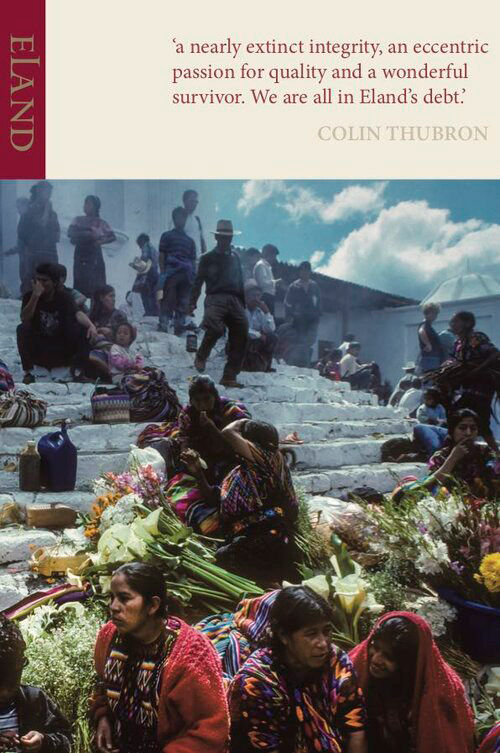
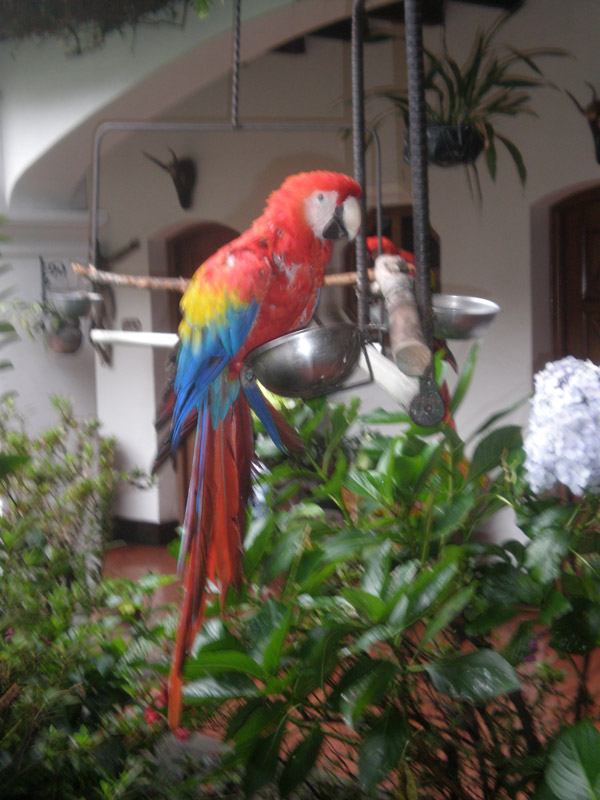
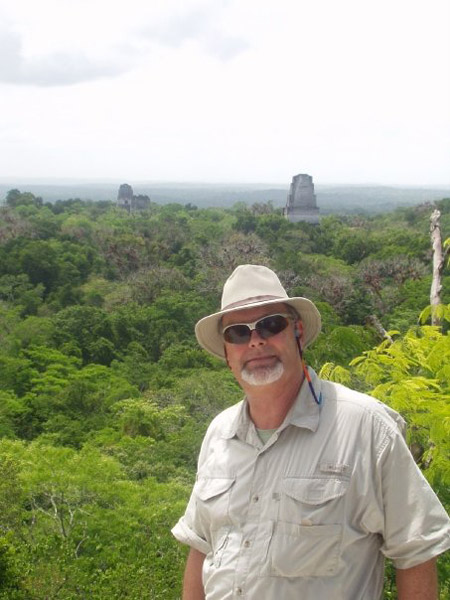
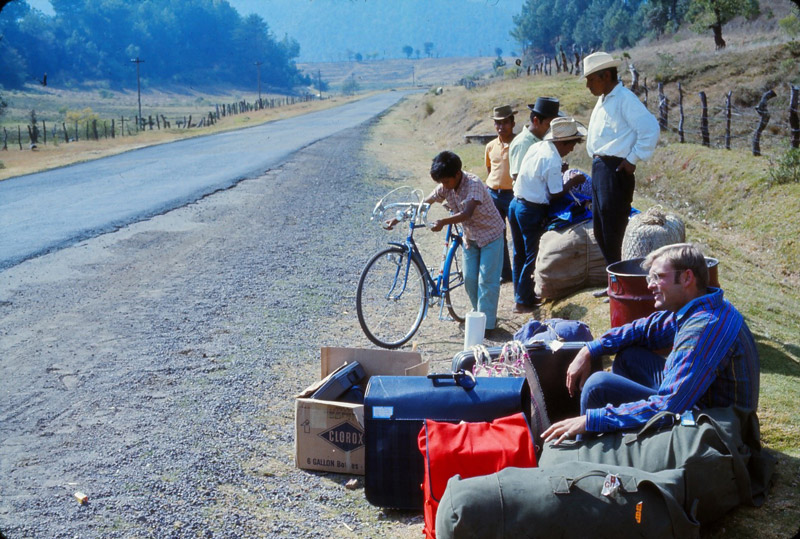
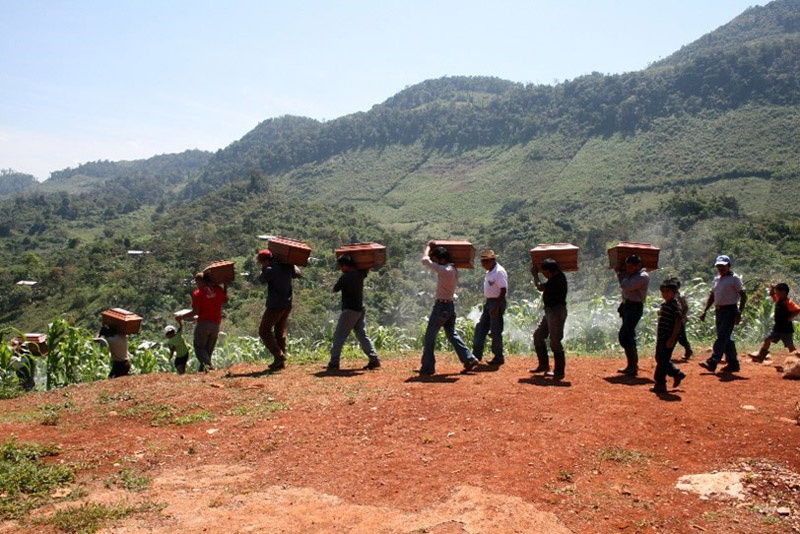
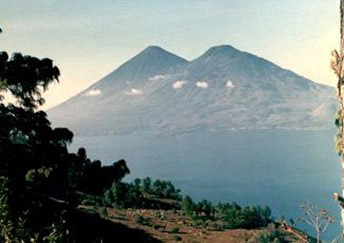
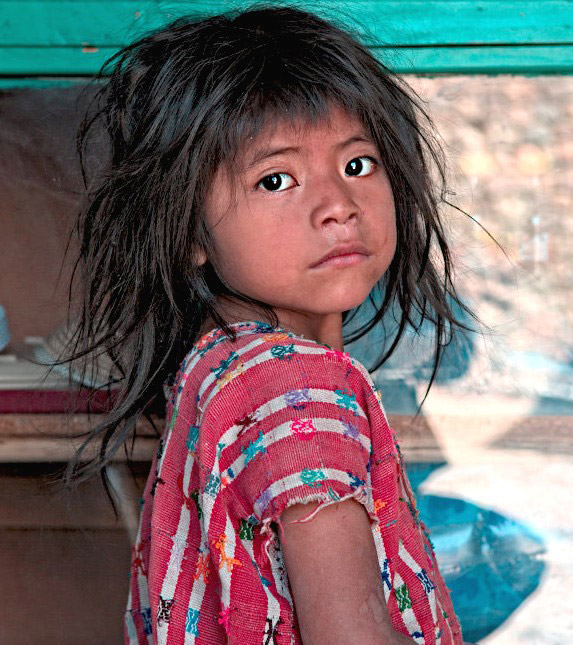

Sounds like quite a read!